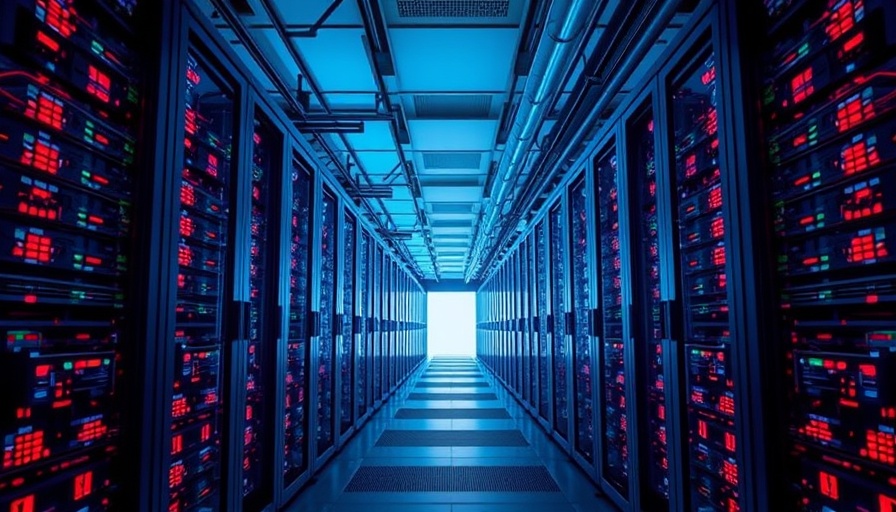
AI's Growing Energy Appetite: What's at Stake?
As artificial intelligence (AI) continues to develop and be integrated into various sectors, its impact on energy consumption is becoming a hot topic. Recent analysis suggests that AI could account for nearly half of datacentre power usage by the end of the year. This prediction raises important questions about sustainability and the future footprint of AI technology.
Understanding AI and Its Energy Demands
The intersection of AI and energy consumption is an intricate one. A study by Alex de Vries-Gao, published in Joule, underlines that AI technologies already consume a staggering 20% of the total energy used by datacentres, which collectively required about 415 terawatt hours (TWh) last year. Given that by the end of 2025 AI's energy consumption could rise to 49% of this total, we must question how these energy needs will be met. How do we balance innovation with sustainability?
The Cooling Crisis: More than Just Heat
Energy efficiency in datacentres is not solely about the hardware; it also involves substantial energy costs related to cooling systems. As AI workloads increase, the refrigeration systems required to keep them operational also consume significant electricity. This intricate relationship between AI demand and cooling shows us how dangerously intertwined technology advancements are with energy sustainability.
Future Predictions: Where Are We Headed?
Looking ahead, the demand for AI systems may compound energy use even further. Innovations aimed at lowering computational costs may also paradoxically encourage increased usage of AI technologies. This cyclical scenario, known as the efficiency paradox, poses a unique challenge for environmental and energy policy.
Global Implications: Geopolitical Factors
Geopolitical tensions could further complicate AI energy demands. With recent export controls affecting Chinese access to essential chips, companies are exploring alternative technologies, which can both alleviate and exacerbate energy concerns. The situation highlights how global relationships directly impact technological growth and their associated energy footprints.
Sustainable Innovations: Could They Be the Answer?
Despite the challenges, there is a silver lining. Innovative projects, such as Crusoe Energy’s gas-powered datacentre, indicate a move toward more sustainable solutions. These efforts, while still reliant on fossil fuels, represent a shift in thinking within tech companies, pushing towards greener alternatives in powering AI infrastructures. The challenge lies in how quickly and effectively these innovations can replace traditional energy sources.
In conclusion, as AI's energy requirements rise, understanding the implications for sustainability becomes crucial. A call for action exists within our society to push for cleaner energy sources that will ensure AI's future, enhancing its benefits while minimizing its environmental costs. Educating ourselves on AI fundamentals and energy impacts must be a collective effort if we desire a more sustainable technological landscape moving forward.
 Add Row
Add Row  Add
Add 




Write A Comment